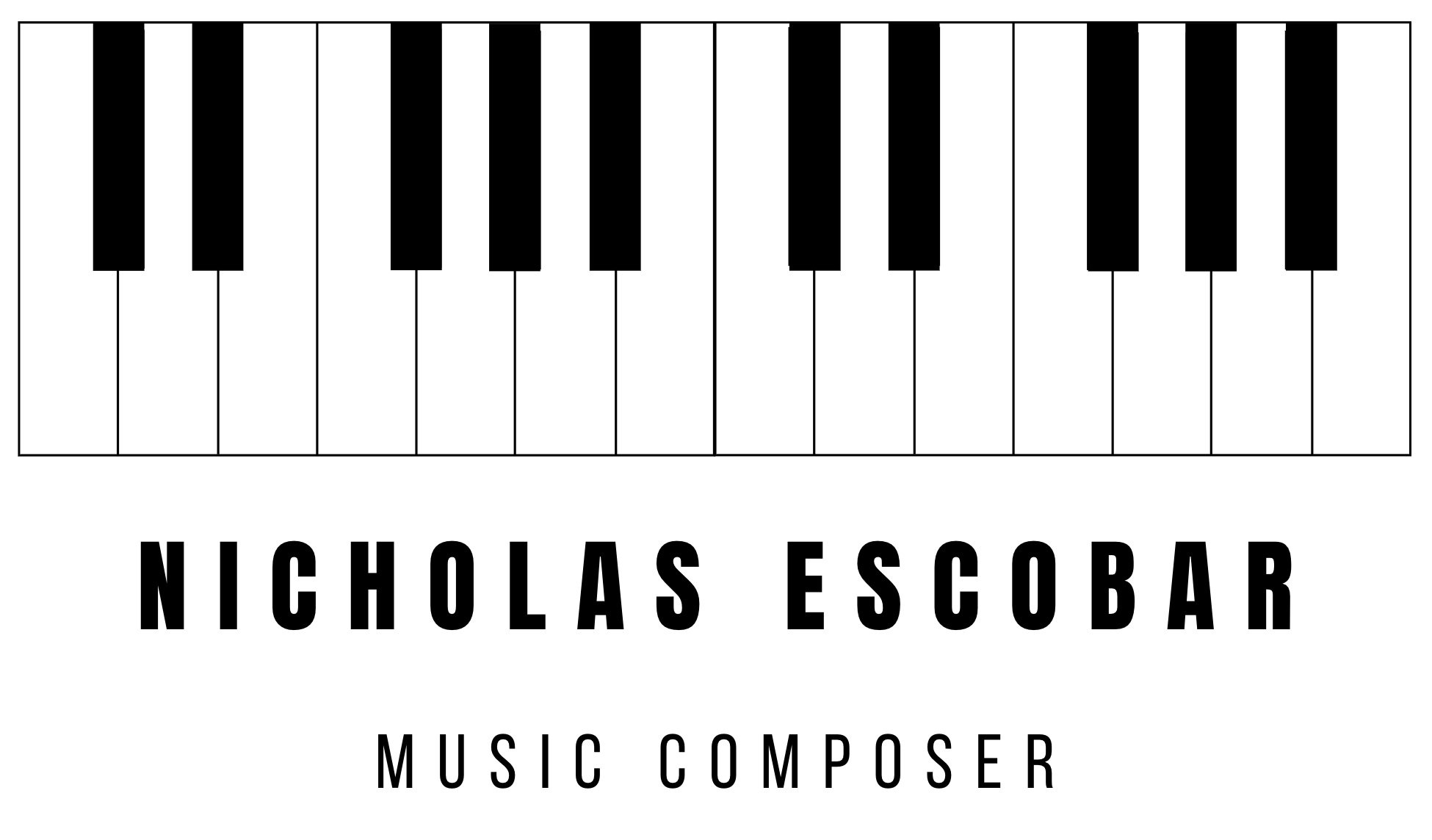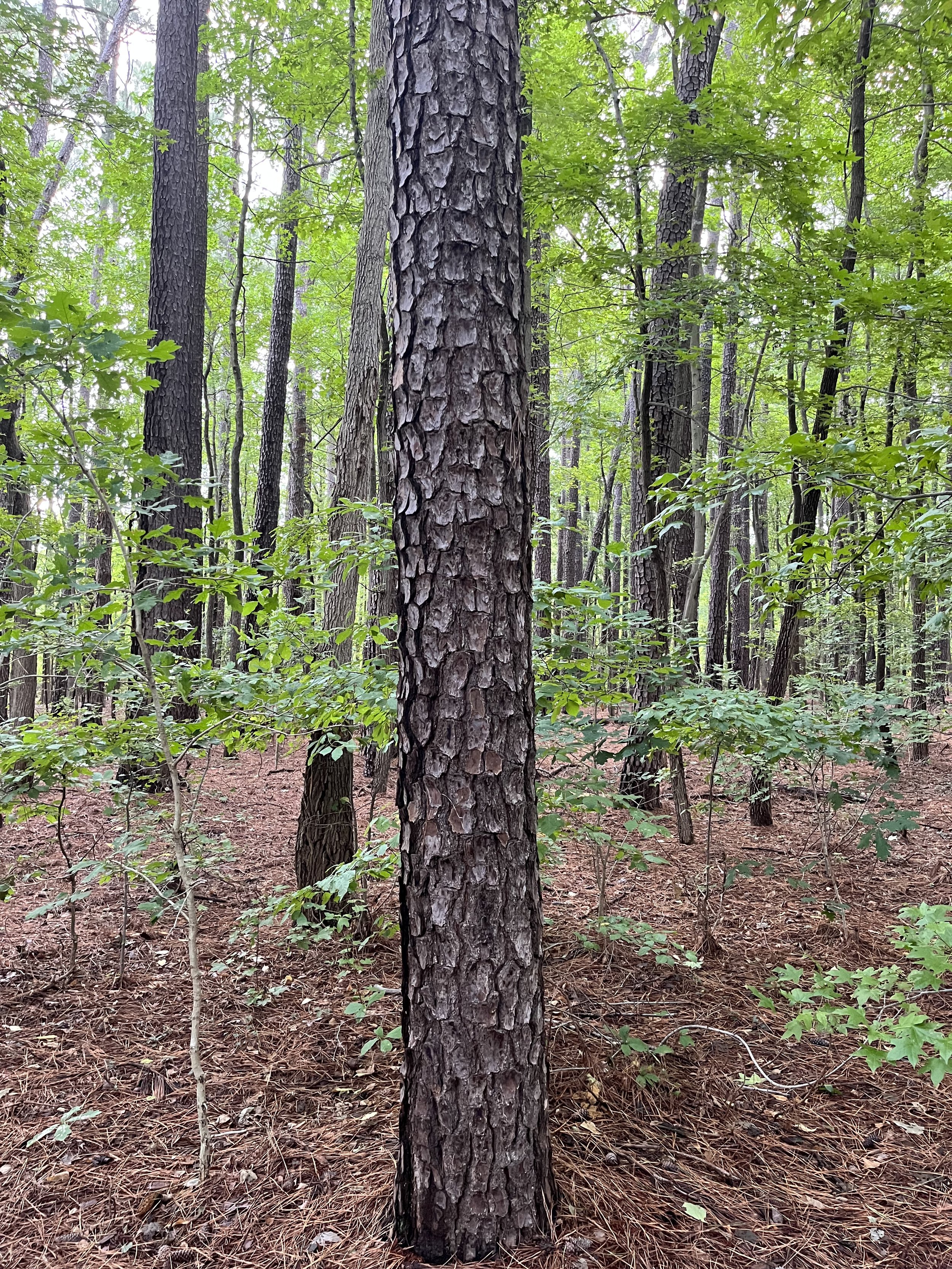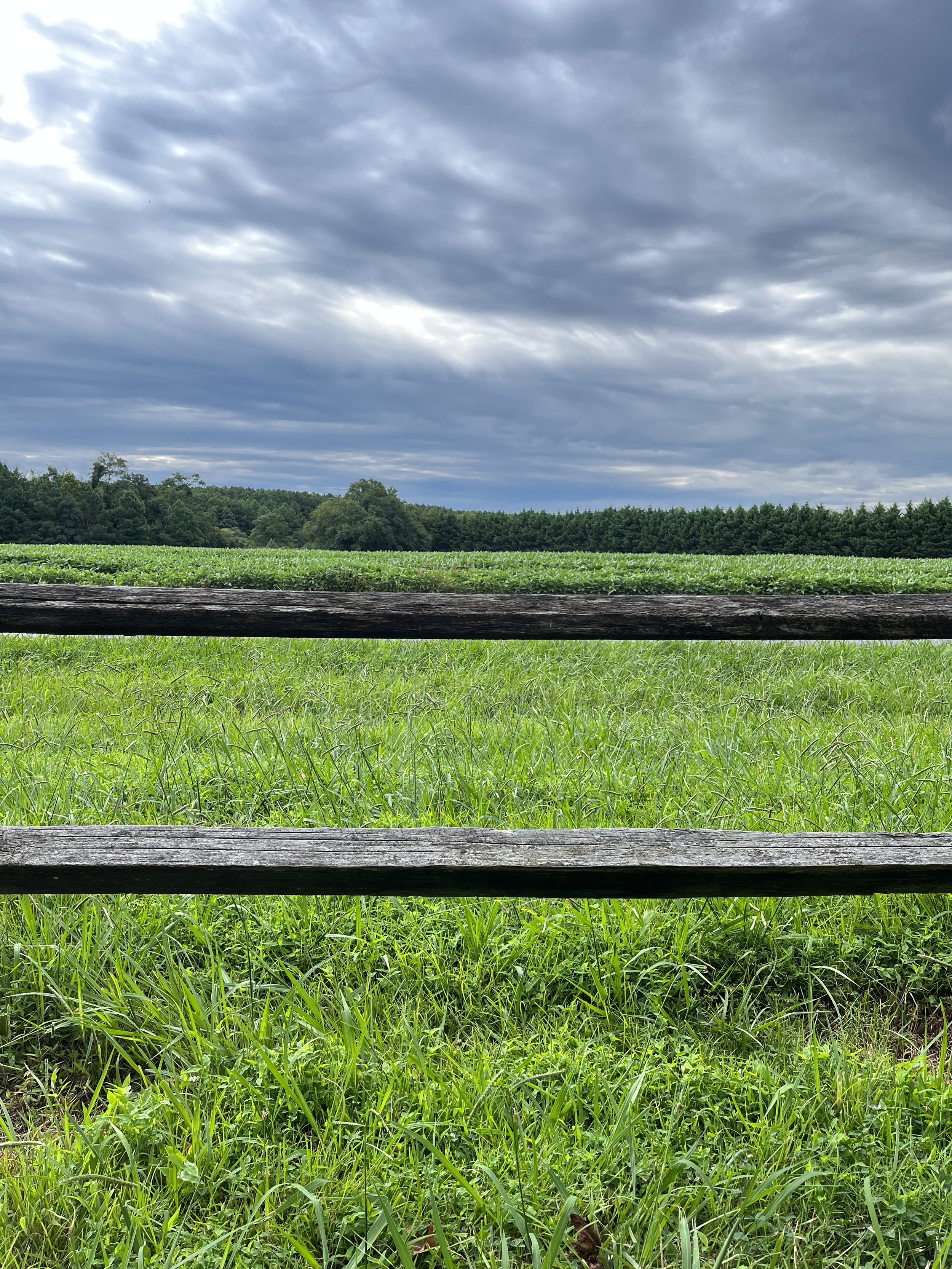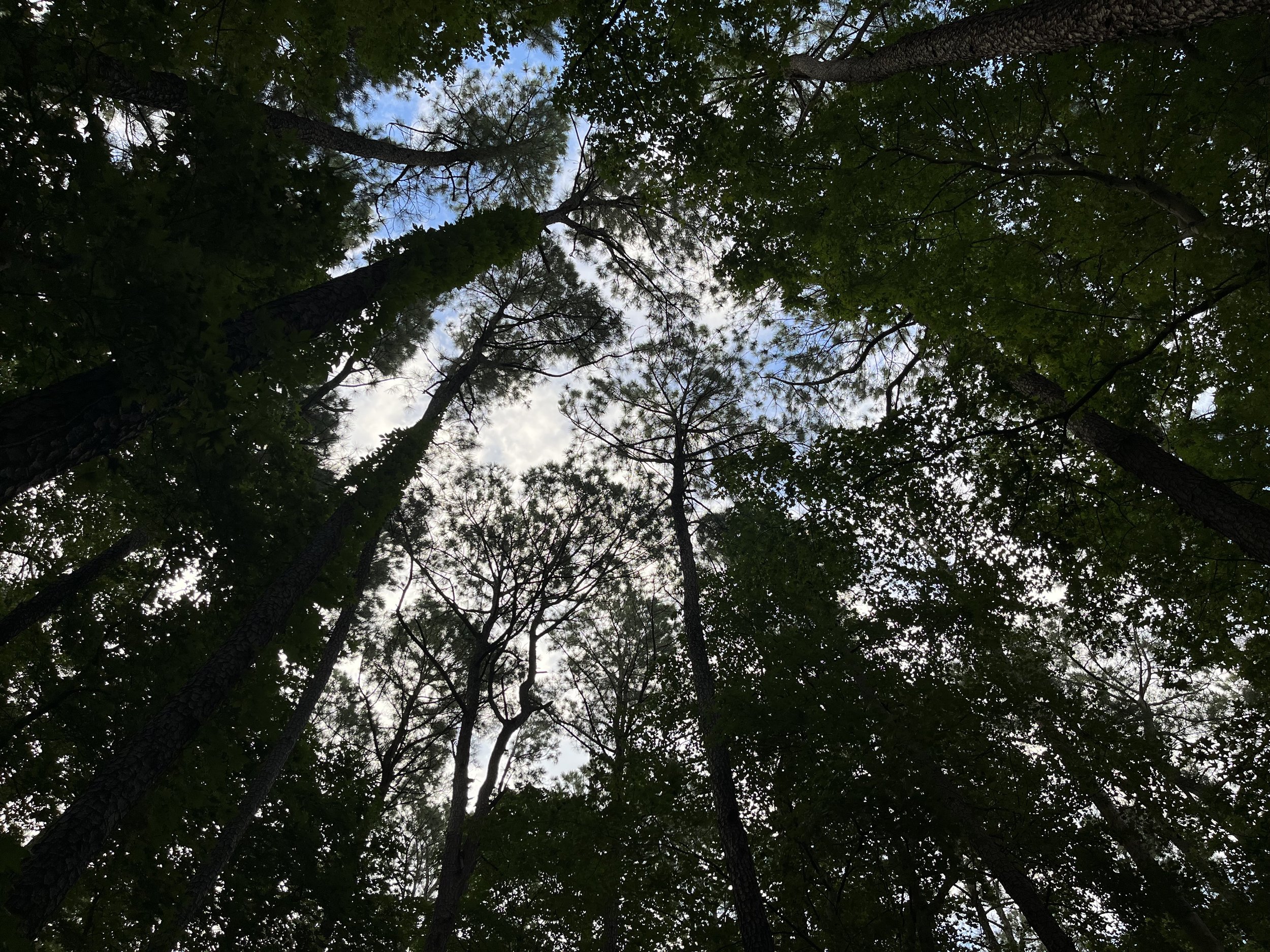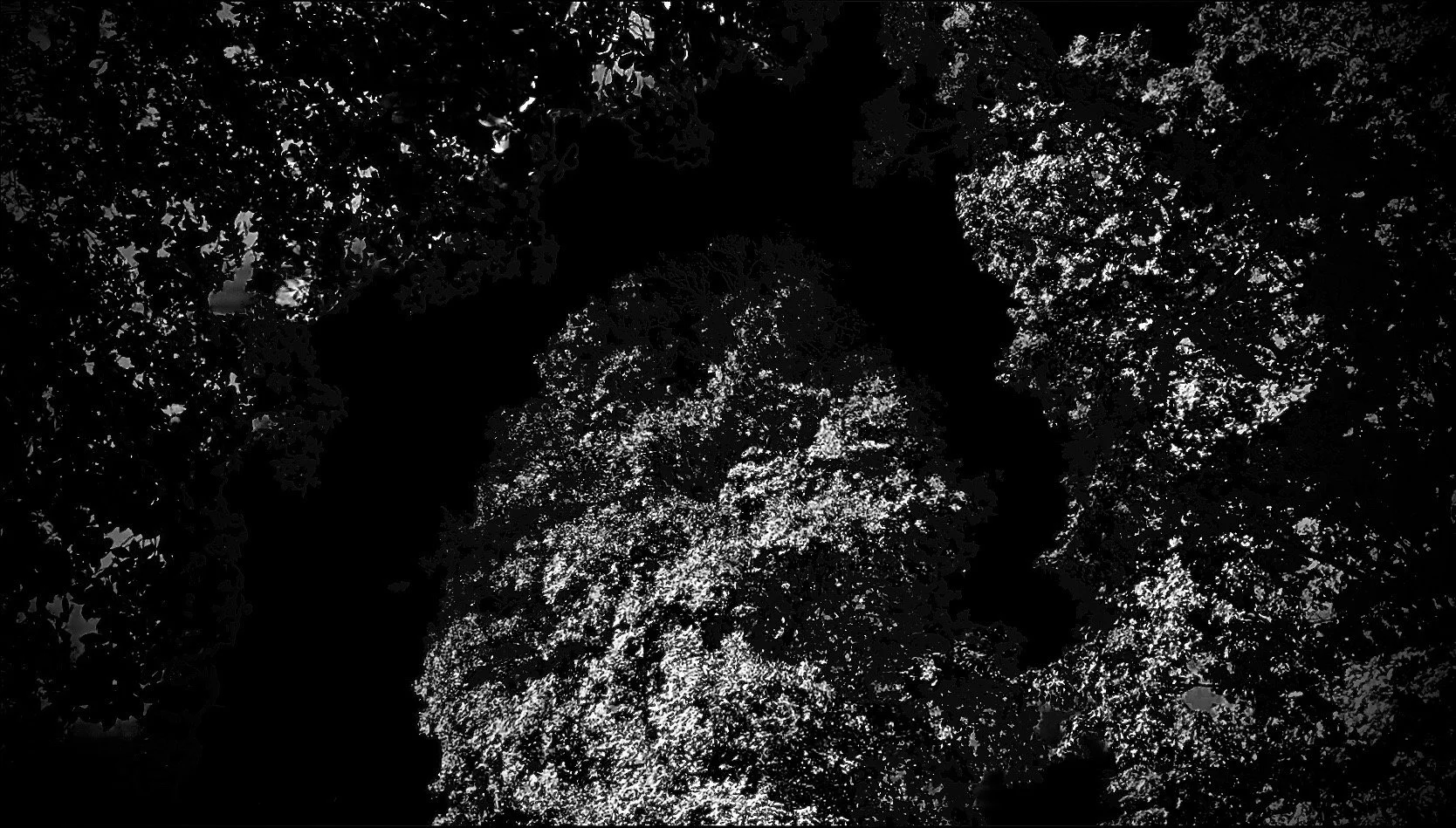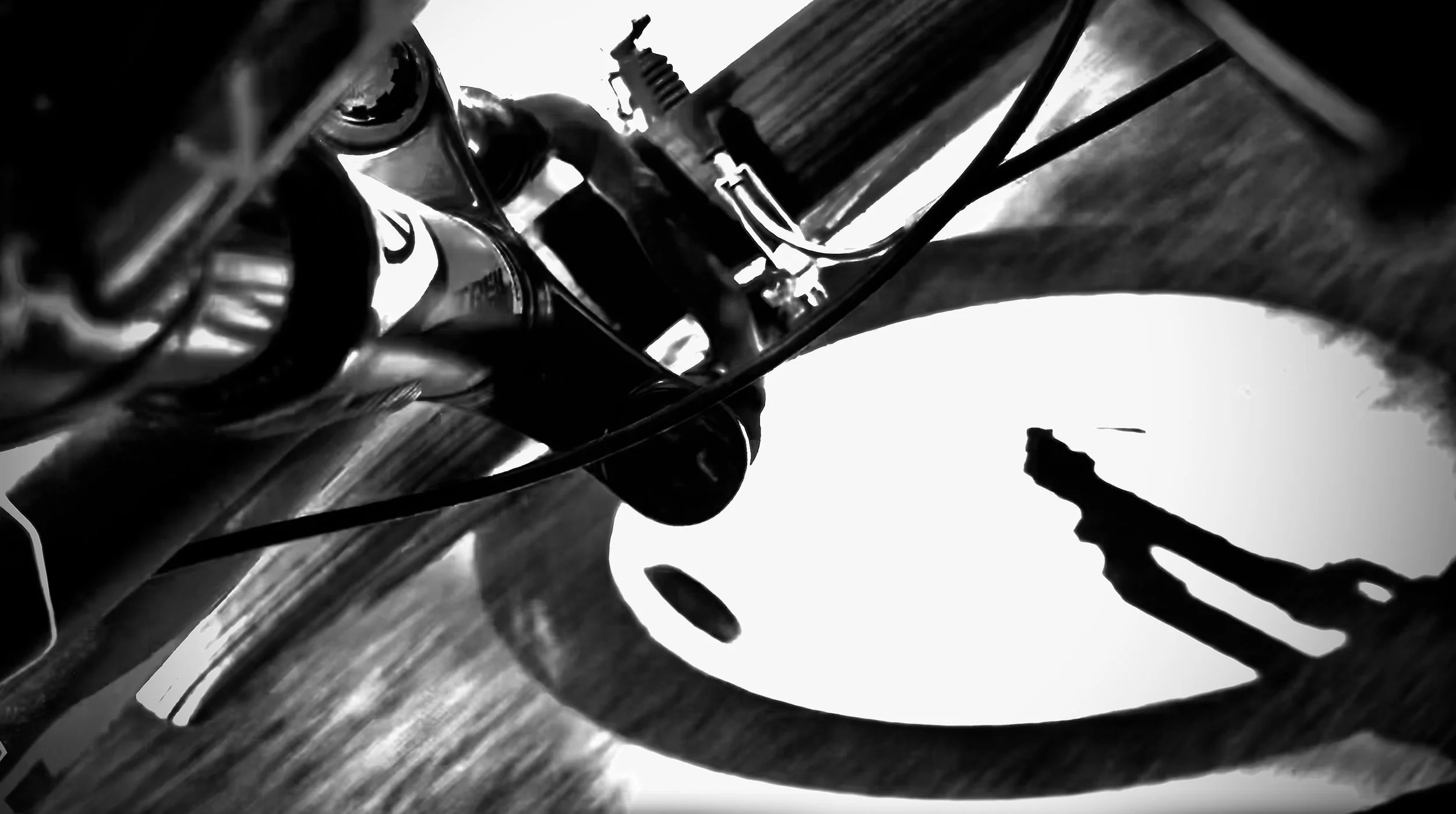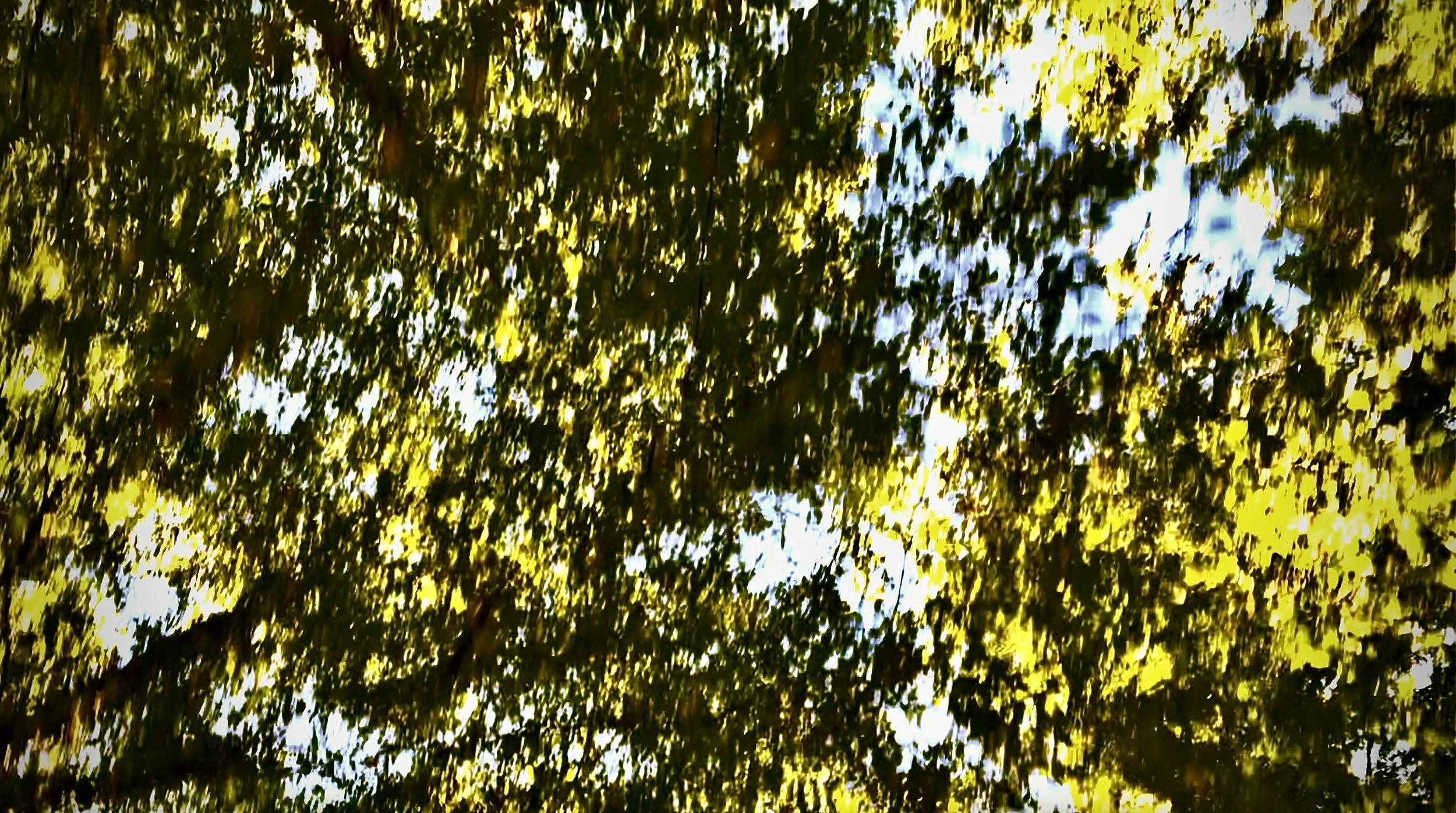My Composing Process: incoming cars and crickets (2022)
Dear Readers,
My family and I recently went on vacation to Kent Island, Maryland and Washington D.C. I brought along my computer, Xkey 2 octave midi keyboard, a pair of headphones and my Zoom H4N recorder because I wanted to compose something on the trip. And I did. It’s called “incoming cars and crickets”.
If you’ve read my blog before, you know that I love incorporating real life soundscapes into my music compositions. I did this in my score for Charlie Chaplin’s ‘The Immigrant” and Man Rays “Retour a la Raison” in addition to “Hosta” and “Small Mouth Sounds”. For “incoming cars and crickets” I took this concept and pushed it even further. I wanted the musical elements of the piece to be determined by the soundscapes that I recorded. Not only that, but I sought to blend the musical elements into the soundscape environment so they truly became one entity.
This is how I did it.
Going Out To Find Sounds
I’ve recorded soundscapes in a number of different places: Maine, Villanova, Paris, London, Barcelona, Prague, Berlin and Edinburgh to name a few. In all these instances, I simply place the mic for an extended period of time and then listen to hear what I have recorded. I like to think of it as improvisation with sound. Letting the spontaneity of the world to just… be.
We arrived at Kent Island on the 5th of August. I did my first recording on the 8th of August in the early morning. There was a public dock near us that led out into Cove Creek. On either side of the dock were long reeds coming out of the marshy soil. The immediate sound that I heard were the high chirping of tons and tons of crickets. So I placed the Zoom mic down on the dock, facing the reeds and walked away. The result, after putting the file in my computer and adding a limiter to it to boost the gain, is a mesmerizingly close recording of dozens of crickets and cicadas all singing their own songs. The Zoom mic records in a fantastically realistic stereo image, so you can hear crickets singing on your left and right incredibly clearly. It is like your head is on the dock and you’re facing into the reeds.
We brought our bikes on the vacation, and I really enjoyed biking around the island. There is a South Island Trail that runs for about 6 miles up the island and we could get to it from our rental house. On the mornings of the 11th and 12th, I took my Zoom mic in a draw string bag and biked out to the South Island Trail to get some recordings. Romancoke Road runs parallel to the trail, so at times cars would pass by going around 40 miles per hour. The landscape is quite pretty, with wide open fields and farmland and also dense forests of pine trees. I stopped at one point on the trail and placed the mic right next to the road so that the car tires would come within less than a foot of the microphone. The result is a recording that sounds like the cars are inches from your face. The stereo path of the cars is also incredibly pronounced and exaggerated. I also got a recordings of the wooded area from the trail. The Blue Heron Nature Preserve is right off of Romancoke Road. It contains a beautiful wetland environment. I placed the mic right off of the equestrian trail facing into the reeds and recorded a number of cricket and cicada songs and also bird calls. On the 12th, I biked on Kent Point Road, and heard a fascinating bird call emanating from a field. I placed the mic down facing away from the road and let the mic do its job.
We stayed in Washington DC for a few days after our lovely time on Kent Island. I grew up in DC and really love it there. We visited our old neighborhood in Chevy Chase and stayed on our old street: Western Avenue. I did three soundscape recordings while on Western Avenue. Two were in the morning (one features cicadas and the other blue jays) and one was at night (mesmerizing cicada song).
Composing to Sound
I knew that I wanted the music to be minimalist and not overpower the soundscape. I started with Spitfire LABS Frozen Strings Violin and improvised a 3.5 minute piece that builds slowly off of a c major chord. It created a drone-like sound that felt organic and spontaneous. I copied the same MIDI info and pasted it into Frozen Strings Cello (and moved it down an octave). That added a low end robust-ness that I wanted.
So the composing process itself was quite simple and quick in this project. Just one take, copy and paste and then we’re moving onto editing.
Warping the Sounds
The majority of the warping was done to the Frozen Strings Violin. I added an autofilter with a 1/8 LFO to give it a slight pulsing effect and cut out high piercing frequencies (so a mellower sound). I added ChromaVerb Dark Abyss to give the sound some space. I put in an expander to make the stereo image more exaggerated. Then I added Tru-Tape Delay which exaggerated the space even more. Then I added in Graphic EQ (favoring high end over low end).
From here I did something a bit experimental. I took the Channel EQ in Logic, and used one of the points on the frequency line to basically create a synthesizer effect. I pushed the point to the extreme (so it exaggerates a small amount of frequencies on the spectrum). Using the Latch function, I recorded myself moving the point around the frequency spectrum, which added a subtle theremin-type sound to the strings. Also, because the movement is chromatic and not in the C-major scale, this also added interesting dissonance.
For the soundscapes, I mostly added limiters to boost the gain and also strategic EQ to highlight certain frequencies (for example, a massive lo-cut so you can only hear high pitched bird calls). For the Nature Preserve recording, I did add a Track Oscillator and an Expander to make the cricket and cicadas sound somewhat synthetic. For the close-up car recordings, I added in pitch shift (down an octave) and the Greek Wash plugin from ChromaVerb to really give the cars an elongated feeling.
Mixing and Mastering
This was a pretty simple process. I added the Master Shine Tube EQ to the entire piece in addition to a little bit of Studio 2 ChromaVerb. This helped to blend all the disparate tracks together to sound like they exist in one sound area.
I placed two of the Western Avenue recordings and both dock recordings on the Left and Right of the stereo image to exaggerate the stereo space. The rest of the recordings stayed in the middle.
My goal in the mixing of the piece was to create my own sonic environment, blending different areas of Kent Island with Western Avenue. Making the blue jays and the crickets exist in one sonic space. And, in additions to all of this, having the strings exist in this environment, almost hidden behind the reeds. Peeking out, and then receding away.
Filming the Music Video
After all of this was completed, I wanted to film a short video to complement the composition. It would resemble the video for “Hosta” in a way, though I didn’t want there to be any cuts. Just one long take. In my yard, we have a large, and quite old, oak leaf hydrangea. It is right beneath a very popular bird feeder and constantly has squirrels, birds and chipmunks beneath its branches. As the afternoon sun beat down, I got down on my knees and angled my iPhone up, underneath an especially large leaf. And then I sat there, and let the world turn. I thought to myself that this was just like what I did with both the soundscape recordings and even the composing itself. It’s all improv.
I ended up capturing ants moving across the underside of leaf. A squirrel jumped down on the branch and caused the leaf to move up and down, rattling. A strong wind hit it from the left side of the frame and the entire leaf moved to the right, the left side blurring and not focusing. I just watched as this all occurred.
Final Thoughts and Conclusions
I really loved this project. I plan on using my Kent Island and Western Avenue recordings in future projects, I think they ware quite versatile. I liked experimenting with the EQ theremin method. The creation of a “sonic environment” is something I want to continue exploring in future work. I specifically want to produce a folk album (playing banjo, guitar, mandolin, autoharp and a number of other folk instruments) and I want to work in natural soundscapes into the fabric of the songs.
As always, if you have any questions about this piece or my work in general feel free to email me at nicholasescobarcomposer@gmail.com.
Your’s Musically,
Nicholas Escobar
